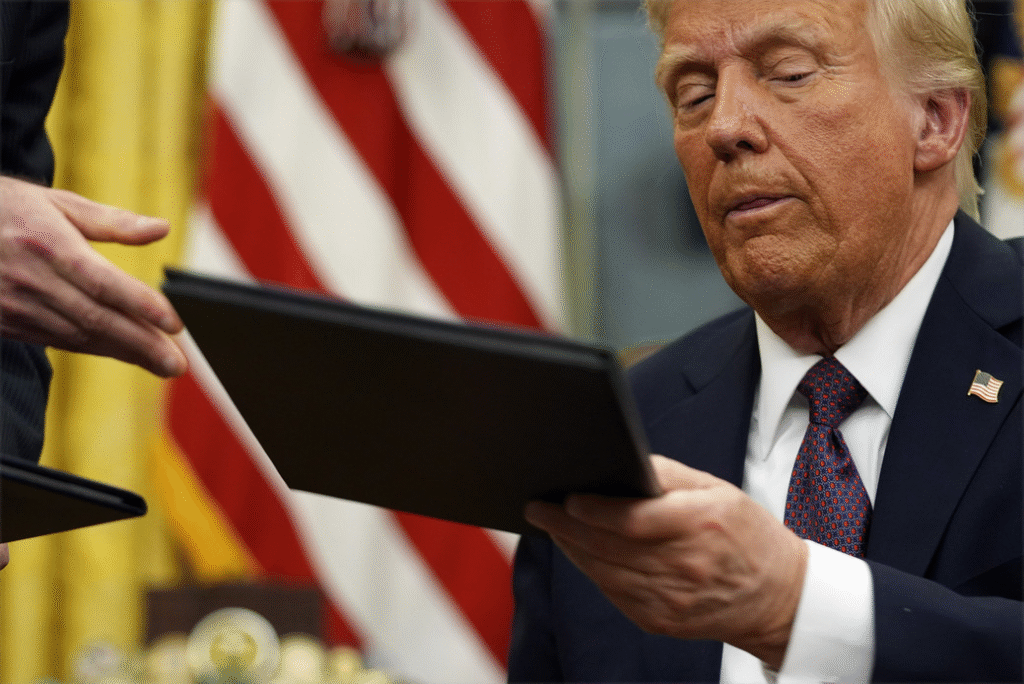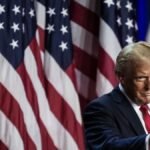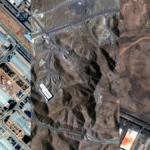Trump Signs Proclamation In a bold and controversial move, former President Donald Trump, currently campaigning for re-election, signed a proclamation banning entry into the United States from 12 specific countries. This travel restriction echoes earlier policies from his first term, invoking national security concerns while sparking debate across political, legal, and human rights communities.
This article explores the countries affected, the reasons cited by the Trump administration, the expected consequences, political reactions, legal implications, and guidance on what it means for travelers and U.S. citizens.
Trump Signs Proclamation : Understanding the Basics of the Travel Ban

Countries Included in the Ban
As per the proclamation, full travel bans have been imposed on nationals from the following 12 countries:
- Afghanistan
- Myanmar
- Chad
- Republic of the Congo
- Equatorial Guinea
- Eritrea
- Haiti
- Iran
- Libya
- Somalia
- Sudan
- Yemen
Additionally, seven other countries—Burundi, Cuba, Laos, Sierra Leone, Togo, Turkmenistan, and Venezuela—face partial restrictions under the same order. The restrictions differ by country but may include limited types of visas, heightened vetting processes, and restricted eligibility for refugee or asylum status.
Implementation Timeline
The proclamation states that the ban will take effect from June 9, 2025, at 12:01 a.m. EDT. Any visa issued before this date will remain valid, but new visa applications from the listed countries will be subject to the ban or additional scrutiny.
Why Was the Ban Introduced?
National Security and Terrorism Concerns
According to the Trump team, the primary rationale behind the travel ban is national security. They cited the need for improved vetting procedures and concerns about the lack of cooperation from certain foreign governments regarding background checks and criminal records.
The ban follows a recent terror-related incident in Boulder, Colorado. While no direct link has been established between the attacker and any of the listed countries, Trump emphasized the importance of “acting before threats emerge rather than after tragedy strikes.”
Immigration Reform Agenda
The travel ban also aligns with Trump’s broader immigration stance, which advocates for strong border controls, reduced immigration, and enhanced internal vetting processes. The administration argues that the proclamation helps protect American citizens, preserve resources, and support law enforcement efforts.
Key Components of the Proclamation
Scope of Restrictions
- Full bans: Nationals from the 12 specified countries are prohibited from entering the U.S. under any non-immigrant or immigrant visa category.
- Partial bans: Citizens of the 7 additional countries face specific limitations, such as bans on work visas, business travel, or refugee admissions.
- Exemptions: The proclamation does allow for some exemptions, including:
- Lawful permanent residents (green card holders)
- Dual nationals traveling on a passport from a non-banned country
- Individuals granted asylum or refugee status before the effective date
- Olympic and World Cup athletes and officials
- Persons deemed in the U.S. national interest by the Department of Homeland Security or State Department
Review and Revisions
The proclamation includes provisions for periodic review. Countries may be removed or added to the list depending on cooperation with U.S. authorities, changes in domestic governance, and improvements in identity management systems.
Political and Public Reaction
Supporters’ View
Supporters of the travel ban argue that it is a necessary measure for national defense. Many Republicans and conservative voters believe the proclamation strengthens border security and prioritizes American citizens.
Proponents also view it as a continuation of Trump’s commitment to his “America First” policy and his efforts to regain control over immigration and national security following what they describe as lenient policies under the Biden administration.
Critics’ Concerns
On the other hand, critics argue that the proclamation is discriminatory, targeting predominantly Muslim and African nations. Civil rights organizations, immigrant advocacy groups, and several Democratic lawmakers labeled the move as xenophobic and politically motivated.
Concerns were also raised about its economic and humanitarian impacts, especially for those with families in the U.S., students, and refugees fleeing persecution.
Legal Implications and Potential Challenges

Past Court Cases Set the Stage
Trump’s earlier travel bans from 2017–2018 faced intense legal scrutiny and public protests. After several versions and modifications, a revised version was upheld by the U.S. Supreme Court in 2018. That decision set a precedent for the executive branch’s broad authority in immigration-related national security decisions.
Anticipated Legal Challenges
Despite the precedent, legal challenges are expected. Advocacy groups have indicated they will pursue injunctions on the grounds of discrimination and overreach. Federal courts may be asked to review the administration’s evidence, the selection criteria for countries, and the proportionality of the restrictions.
Real-Life Impact: Who Will Be Affected?
Individuals
- Students from banned countries who had intended to study in the U.S. may face visa denials.
- Family members of U.S. citizens or green card holders could be blocked from visiting or immigrating.
- Tourists and business travelers will be most immediately affected, with visa interviews and processing suspended.
Businesses and Institutions
- Universities with international student populations may experience enrollment drops.
- Tech companies and healthcare institutions hiring from abroad may lose access to skilled talent.
- Airlines and travel agencies may need to adjust flight schedules, refund bookings, or alter travel policies.
International Relations
The ban may strain diplomatic relations with the affected countries. Some foreign governments have issued formal protests, while others have pledged to improve documentation and identity systems to be removed from the banned list in future reviews.
Alternatives and Mitigation Strategies
Legal Avenues for Affected Individuals
- Apply for a waiver under “national interest” exemptions
- Seek resettlement in third countries
- Work with immigration lawyers for appeal options
Policy Alternatives Suggested by Critics
- Enhanced cooperation with foreign governments to improve identity verification systems
- Targeted sanctions on individuals instead of national bans
- Technology-driven vetting and AI-assisted risk assessment systems instead of blanket bans
Comparison With Previous Travel Bans
Travel Ban 1.0 (2017)
The original ban targeted seven Muslim-majority countries and was immediately blocked by courts. It sparked protests at airports nationwide.
Travel Ban 3.0 (2018)
This version was upheld by the Supreme Court and included exemptions and waivers. Countries were assessed based on cooperation, data sharing, and national security risks.
Travel Ban 2025
This version significantly expands the number of affected nations and includes a blend of national security concerns and political messaging. It also includes more specific exemptions to withstand legal scrutiny.
Also Read : 6 Injured In Attack On Israeli Hostages Event In Colorado; Suspect Identified
Conclusion
President Trump’s 2025 travel ban is one of the most sweeping immigration restrictions in recent years, targeting 12 nations with a full ban and seven more with partial restrictions. While the administration argues that the move is vital for national security, it has sparked widespread debate about civil liberties, international relations, and the ethical dimensions of immigration policy.
Whether this ban achieves its intended purpose or ignites another round of legal and political challenges remains to be seen. What is clear is that the decision will have lasting implications for travelers, immigrants, businesses, and America’s standing in the global community.
FAQs
1. What is the main reason for the new travel ban?
The primary reason given is national security. The administration cited the need for stronger vetting processes and better cooperation from certain countries in sharing background data.
2. Which countries are fully banned?
Afghanistan, Myanmar, Chad, Republic of the Congo, Equatorial Guinea, Eritrea, Haiti, Iran, Libya, Somalia, Sudan, and Yemen are under a full travel ban.
3. Are there any exemptions?
Yes. U.S. green card holders, dual nationals, Olympic/World Cup athletes, and individuals serving the U.S. national interest are exempted from the ban.
4. When does the ban take effect?
The ban is scheduled to take effect at 12:01 a.m. EDT on June 9, 2025.
5. How long will the ban last?
There is no fixed end date. The proclamation includes periodic reviews. Countries can be removed or added based on their cooperation and risk assessments.
6. Will this ban affect U.S. citizens?
Indirectly, yes. U.S. citizens with family members in banned countries may find it difficult to reunite. Businesses and universities may also feel operational impacts.
7. How can affected individuals respond?
They may apply for exemptions, seek legal counsel, or consider immigration to third countries. Waivers may be granted on a case-by-case basis.




